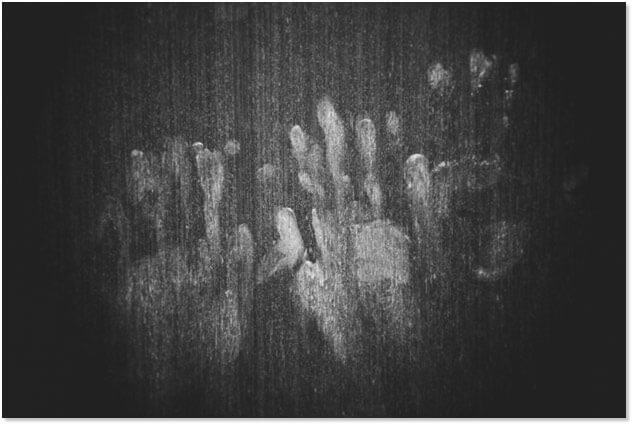
by Kourosh Nikoui | August 14, 2024 | Fingerprints
Introduction
The ACE-V method, a systematic process used by fingerprint examiners, stands for Analysis, Comparison, Evaluation, and Verification. Each phase plays a crucial role in ensuring accurate and reliable fingerprint identification. The Analysis phase, in particular, is fundamental in determining the quality and suitability of recovered fingerprint impressions before they proceed to comparison. In this article, we will delve into the intricacies of the Analysis phase, highlighting the key factors and techniques used by fingerprint examiners to assess fingerprint impressions.
Understanding the Analysis Phase
The Analysis phase is the initial step in the ACE-V method, where fingerprint examiners scrutinize the recovered impressions to determine their quality and suitability for further comparison. This phase involves a detailed examination of various aspects of the fingerprint, ensuring that only viable prints proceed to the next steps of identification.
Key Factors in the Analysis Phase
The clarity of ridge details is paramount in the Analysis phase. Fingerprint Examiners assess the visibility of ridge patterns, minutiae points, and other unique features within the fingerprint. Clarity can be affected by factors such as:
Fingerprint Examiners evaluate the degree of distortion or deformation in the fingerprint. Distortions can occur due to:
Background noise refers to any extraneous marks or patterns on the surface that may interfere with the visibility of the fingerprint. Fingerprint Examiners work to distinguish the actual ridge details from such noise, ensuring that only relevant features are considered.
The completeness of the fingerprint is another critical aspect. Fingerprint Examiners check if the impression captures enough of the ridge detail to allow for a meaningful comparison. Partial prints with insufficient ridge detail may not provide the necessary information for accurate identification.
Sufficiency of Ridge Detail
The sufficiency of ridge detail is a crucial consideration in the Analysis phase. Fingerprint Examiners look for specific features within the fingerprint to determine if there is enough detail for a reliable comparison. These features include:
Objective vs. Subjective Sufficiency
The determination of sufficiency can be both objective and subjective:
Techniques Used in the Analysis Phase
Fingerprint Examiners use magnification tools such as loupes or digital imaging software to enhance the visibility of ridge details. These tools help in closely examining the minutiae points and other unique features of the fingerprint.
Digital enhancement techniques can improve the clarity of the fingerprint. Image processing software may be used to adjust contrast, brightness, and sharpness, making ridge details more distinguishable.
During the Analysis phase, detailed notes and documentation are crucial. Fingerprint Examiners record their observations regarding the clarity, distortion, and completeness of the print. This documentation provides a reference for the subsequent phases of the ACE-V method and ensures transparency in the examination process.
Conclusion
The Analysis phase of the ACE-V method is a meticulous process that lays the foundation for accurate fingerprint identification. By carefully evaluating the clarity, distortion, background noise, and completeness of fingerprint impressions, Fingerprint Examiners determine the suitability of the prints for further comparison. Assessing the sufficiency of ridge detail involves both objective standards and subjective judgment, requiring a blend of scientific guidelines and expert experience. Utilizing magnification tools, digital enhancement techniques, and thorough documentation, Fingerprint Examiners ensure that only viable prints proceed, maintaining the integrity and reliability of the identification process. Understanding the critical role of the Analysis phase underscores the expertise required in forensic fingerprint analysis and its importance in the pursuit of justice.
Forensic investigator and Specialist Kourosh Nikoui, Principal Consultant and CEO of Nikoui & Associates, Forensic Identification Services & Consulting, Inc., has over 38 years of full-time experience in forensic science and criminal justice with various law enforcement agencies, government and private entities. Mr. Nikoui, a court-qualified expert, is a Certified Latent Print Examiner, Certified Senior Crime Scene Analyst, and Certified Forensic Photographer by the International Association for Identification. He has testified as an expert witness over 150 times in California Superior and U.S. Federal Courts, processed evidence in over 30,000 criminal and civilian cases, and served as a consultant to numerous law enforcement agencies. Mr. Nikoui holds a BFA degree from USD and is an active member of multiple forensic science organizations. He can be reached directly by calling (866)439-6753 or by email at [email protected]
Sources:
“The Fingerprint Sourcebook” by Scientific Working Group on Friction Ridge Analysis, Study and Technology (SWGFAST)